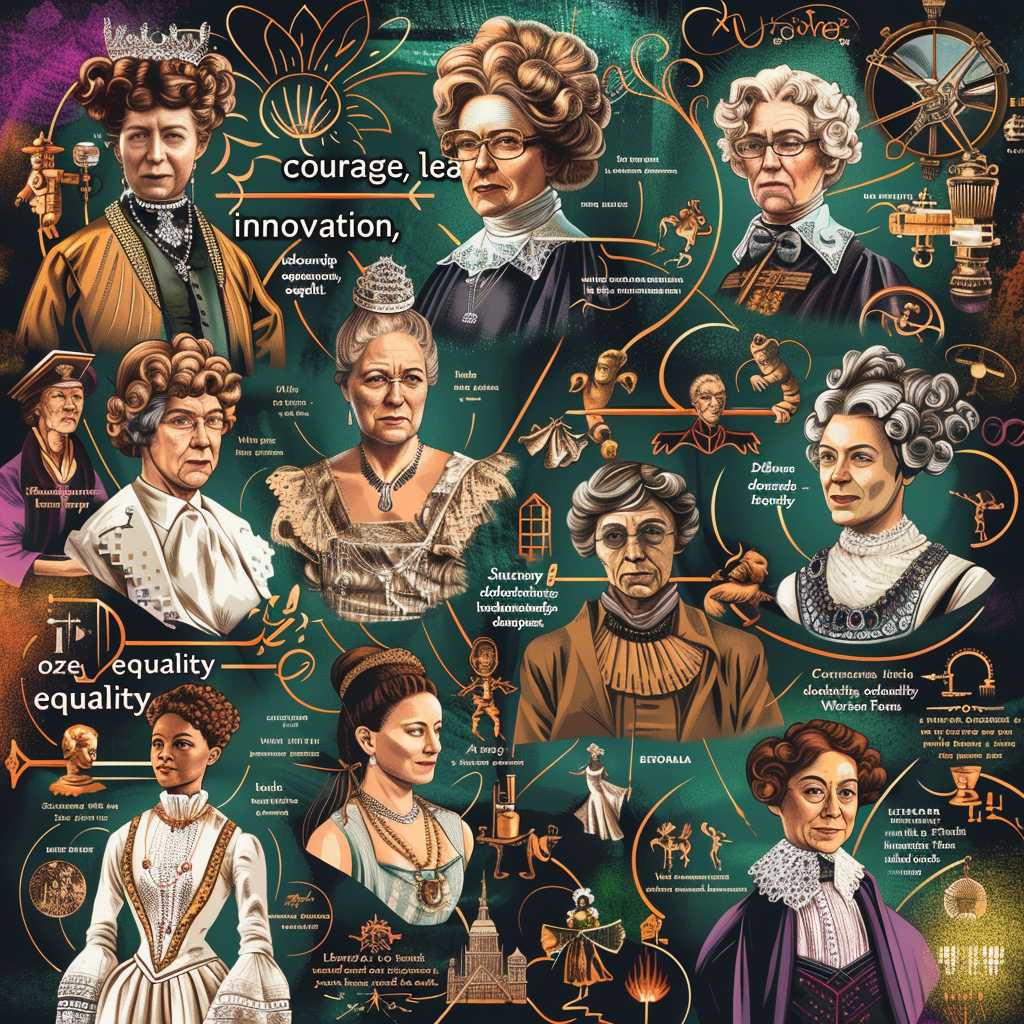The Significance and Observance of Women’s History Month
Women’s History Month is a designated month that highlights the contributions of women to events in history and contemporary society. It is observed during March in the United States, the United Kingdom, and Australia, coinciding with International Women’s Day on March 8th. The observance of Women’s History Month began as a local celebration in Sonoma County, California, before gaining traction nationally. This article will explore the origins, significance, current practices, and impact of Women’s History Month.
Origins of Women’s History Month
The roots of Women’s History Month date back to the early 20th century, with the growing awareness of the absence of women from history textbooks and the national consciousness. There was also a growing movement to rectify this oversight and highlight the important roles women have played throughout history.
The Development from a Day to a Month
The transition from one day to an entire month dedicated to women’s history began as a local event in Santa Rosa, California in 1978. The Education Task Force of the Sonoma County Commission on the Status of Women planned and executed a “Women’s History Week” celebration. This week-long celebration was chosen to correspond with International Women’s Day, which was already being celebrated around the world on March 8th.
As other communities learned about the successes of the Sonoma County’s initiative, similar celebrations spread across the country. Then in February 1980 President Jimmy Carter issued a Presidential Proclamation declaring the week of March 8th as National Women’s History Week. This ultimately set off a chain of events leading Congress to expand this observance into a full month in 1987 after being petitioned by the National Women’s History Project.
Themes Over the Years
Each year, a specific theme is chosen for Women’s History Month to shed light on different aspects or achievements of women. These themes are often reflective of current issues, progress made, or significant historical anniversaries related to gender equality and women’s rights.
Modern Observances and Activities
Many educational institutions and organizations use this month to highlight the achievements of women throughout history and in modern-day society. Seminars, workshops, and conferences take place focusing on women’s roles across various sectors including sciences, politics, arts, and civil rights. Many communities also observe this month by recognizing local women who make significant contributions through awards or special events.
Special programming might be found across media platforms sharing stories, interviews, and discussions centering around influential women past and present. Libraries and bookstores often provide displays and highlight works written by or about women who made impact in various fields.
Impact on Society
The goal of Women’s History Month is to acknowledge past gender injustices, celebrate progress that has been achieved while fostering continual improvement toward gender equality. By bringing visibility to the depth and breadth of women’s experiences and achievements, social understanding is enriched. It helps break down stereotypes and challenges cultural norms surrounding gender roles.
This observance also serves as an educational opportunity, showcasing historical figures that might otherwise go unrecognized if not for focused initiatives such as this one.
Furthermore, it raises awareness amongst both men and women, stimulating dialogue regarding issues still facing women today.
Notes
Image Description
An image featuring an illustrated collage of influential women from various fields throughout history such as science, politics, arts, and civil rights. Each figure could be adorned with historic clothing representative of their time accompanied by names or key achievements below them. Around or above them could hover words that were themes from different years’ celebrations like “courage,” “leadership,” “innovation,” and “equality”. The colors could reflect those commonly associated with International Women’s Day such as purple, green, and white symbolizing justice, dignity, and purity respectively.
